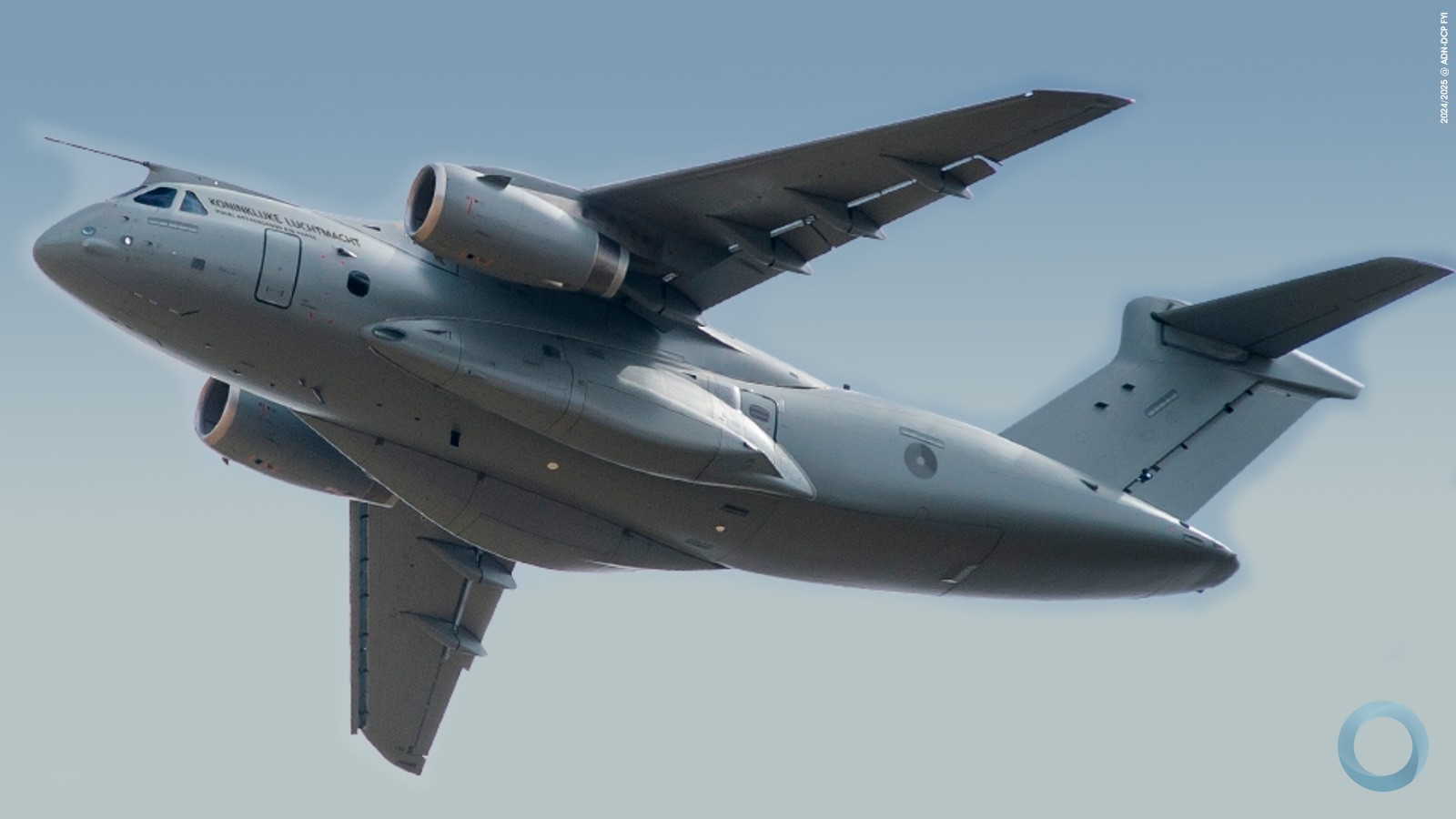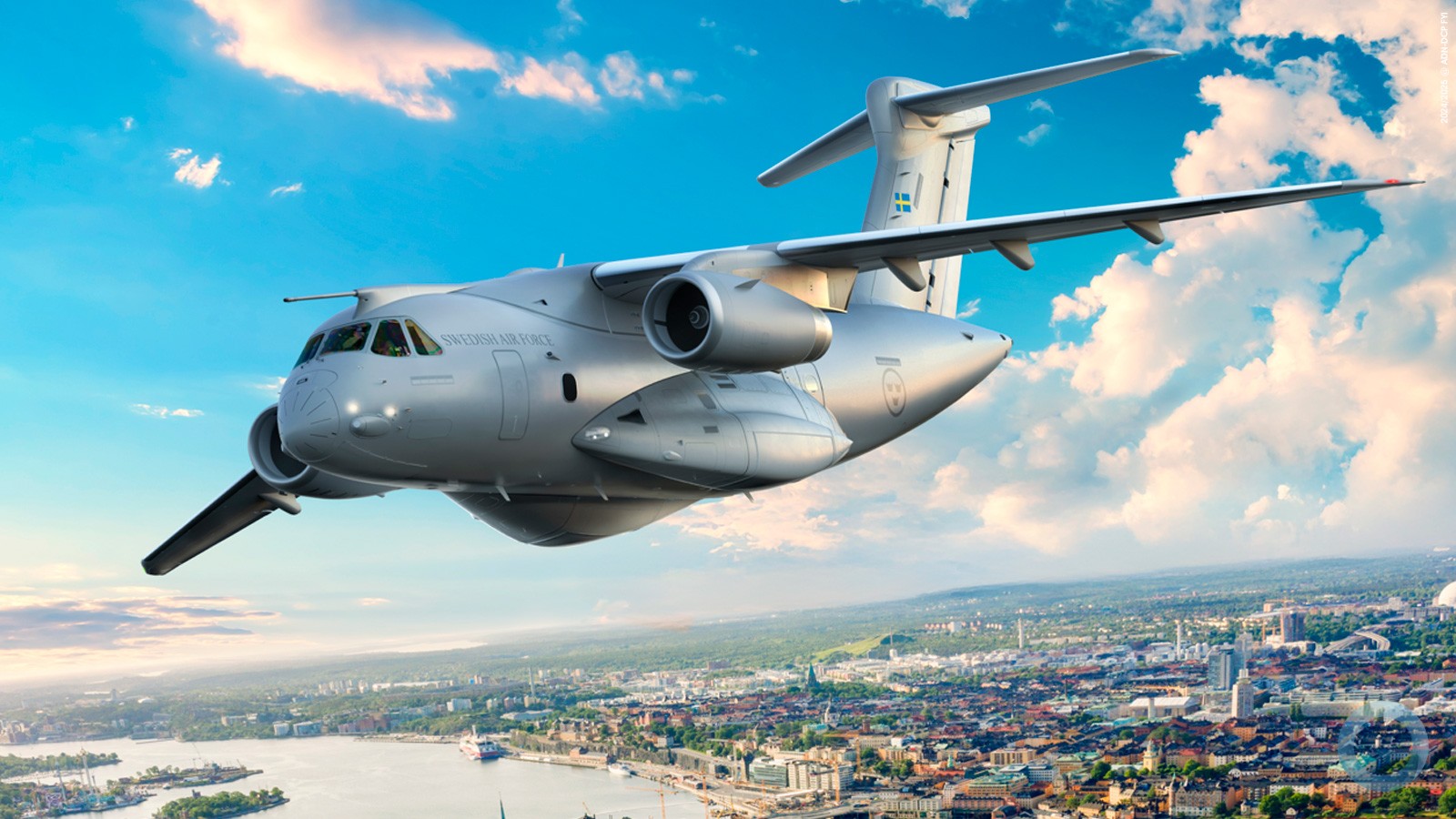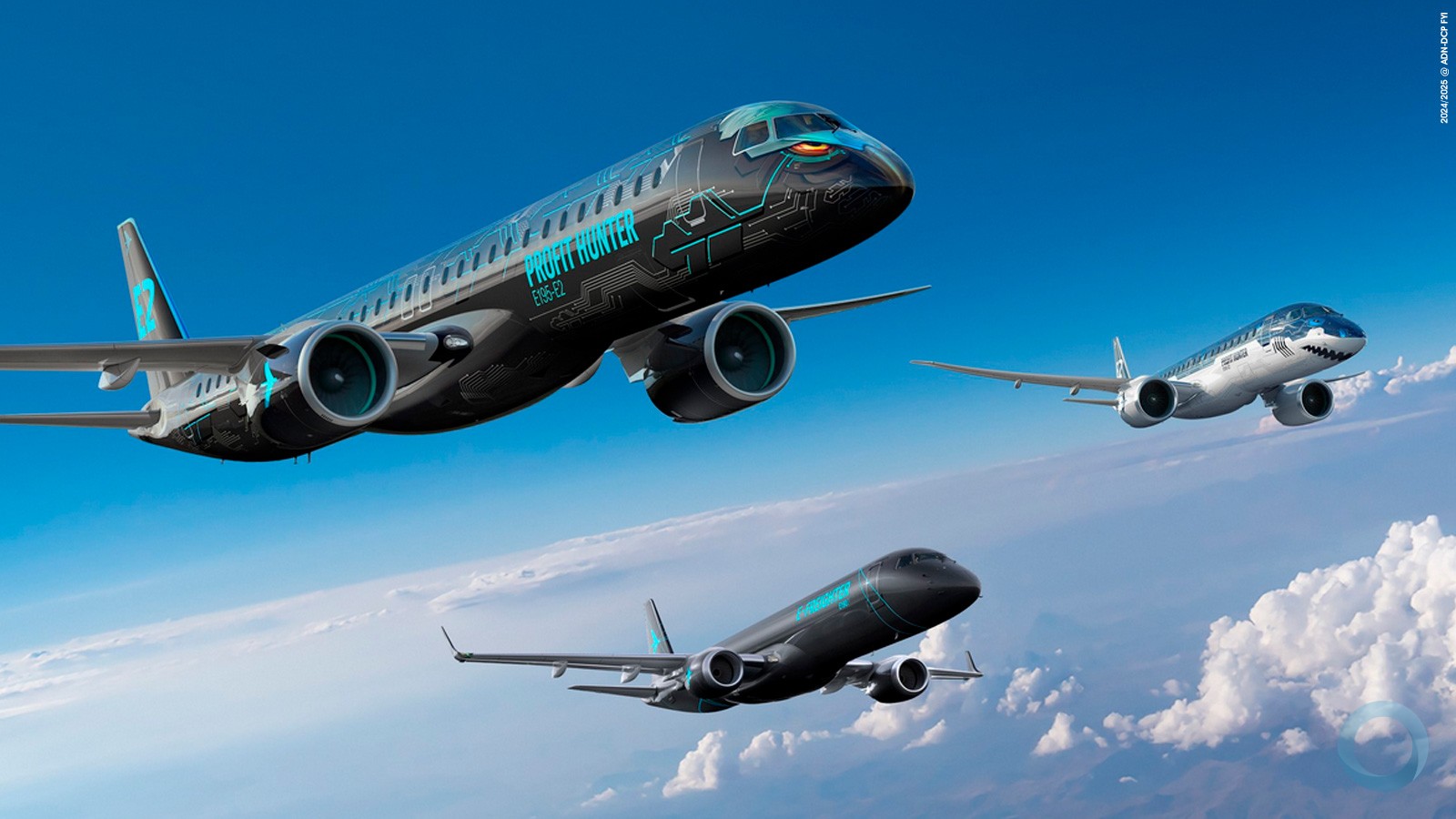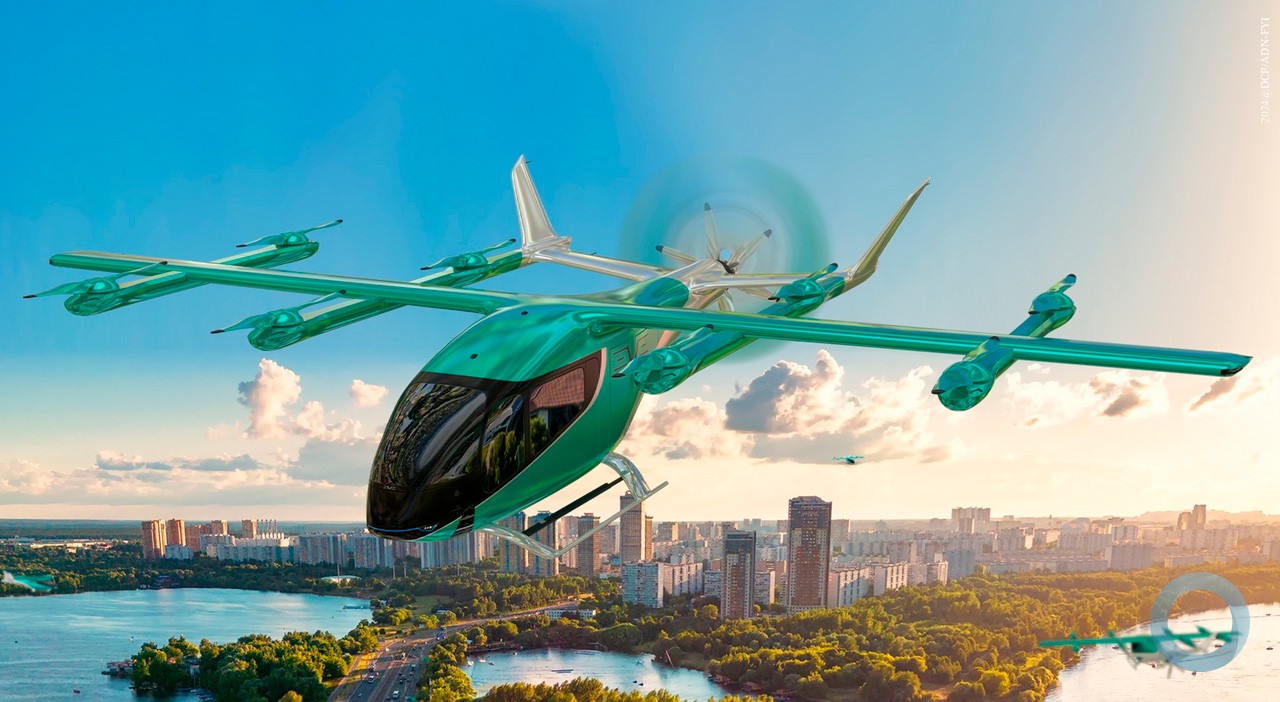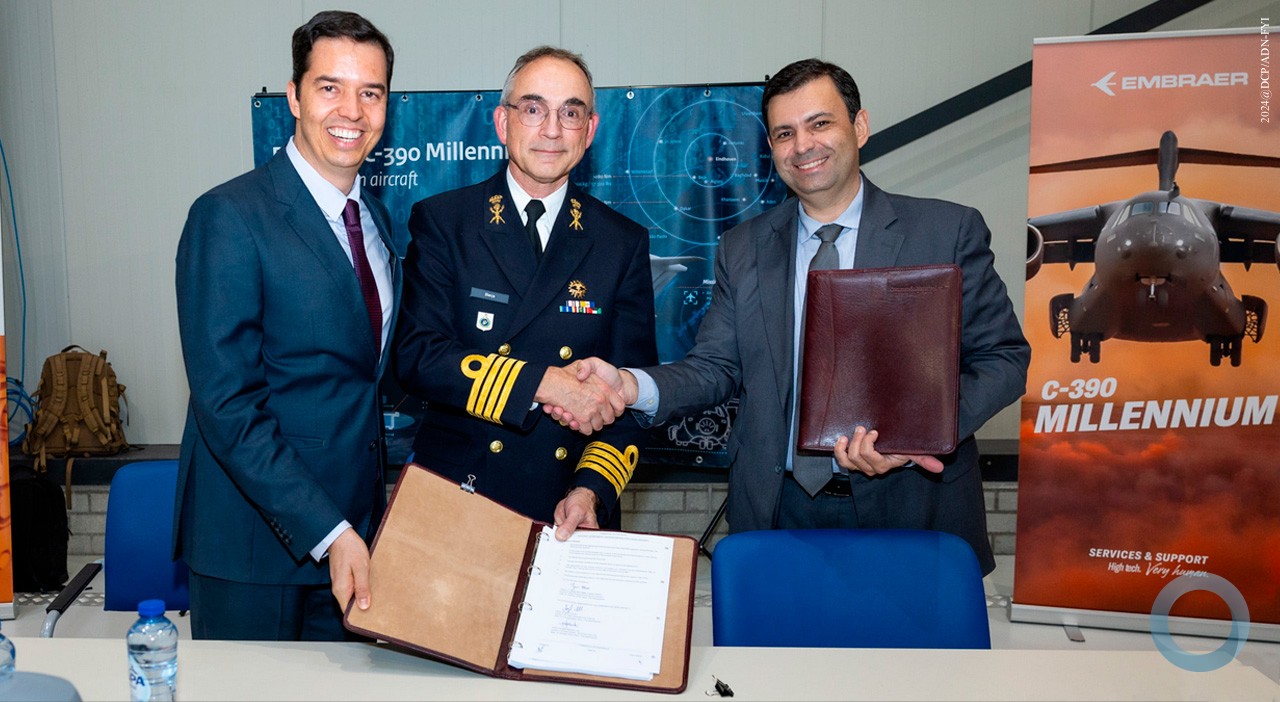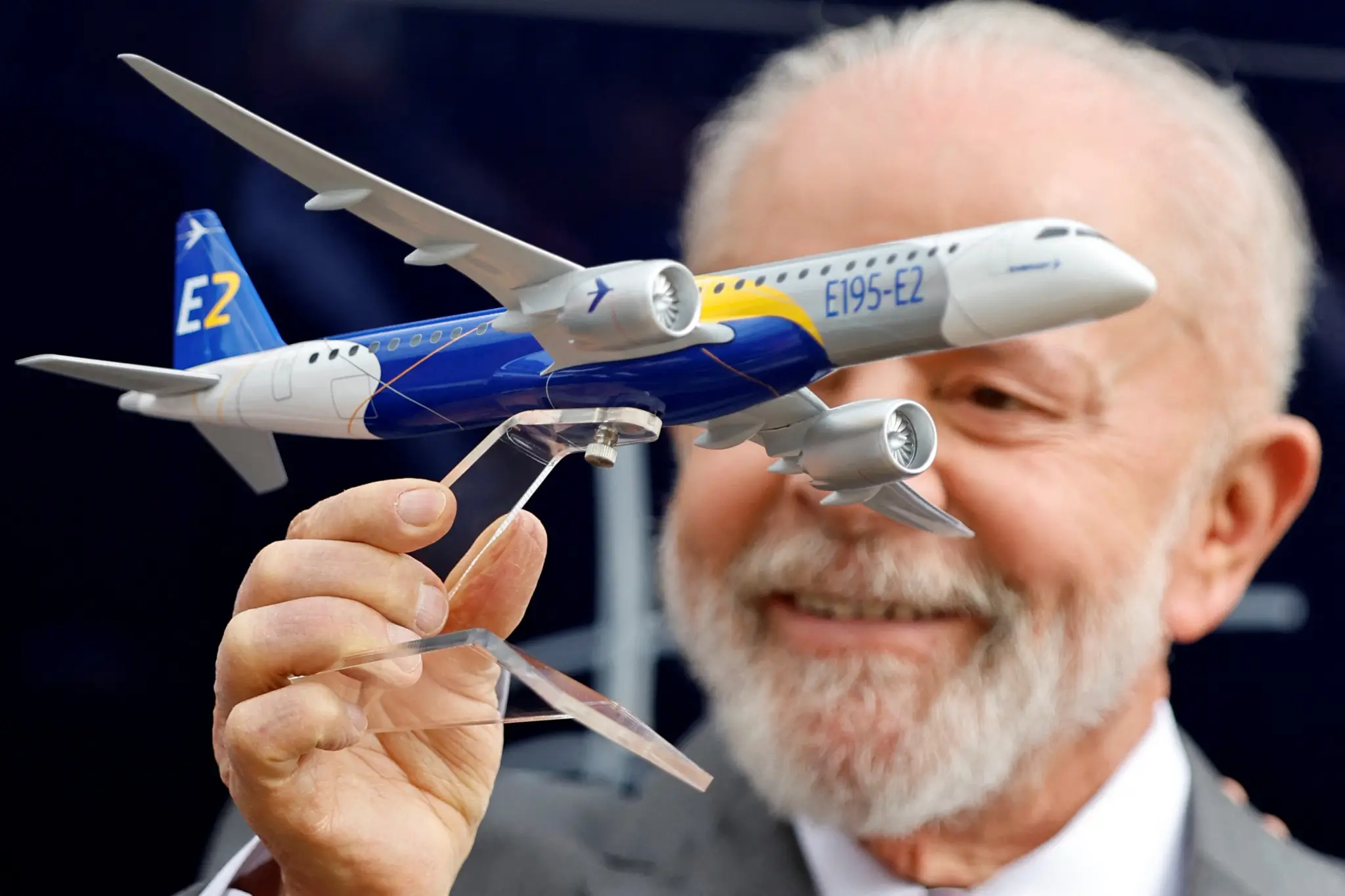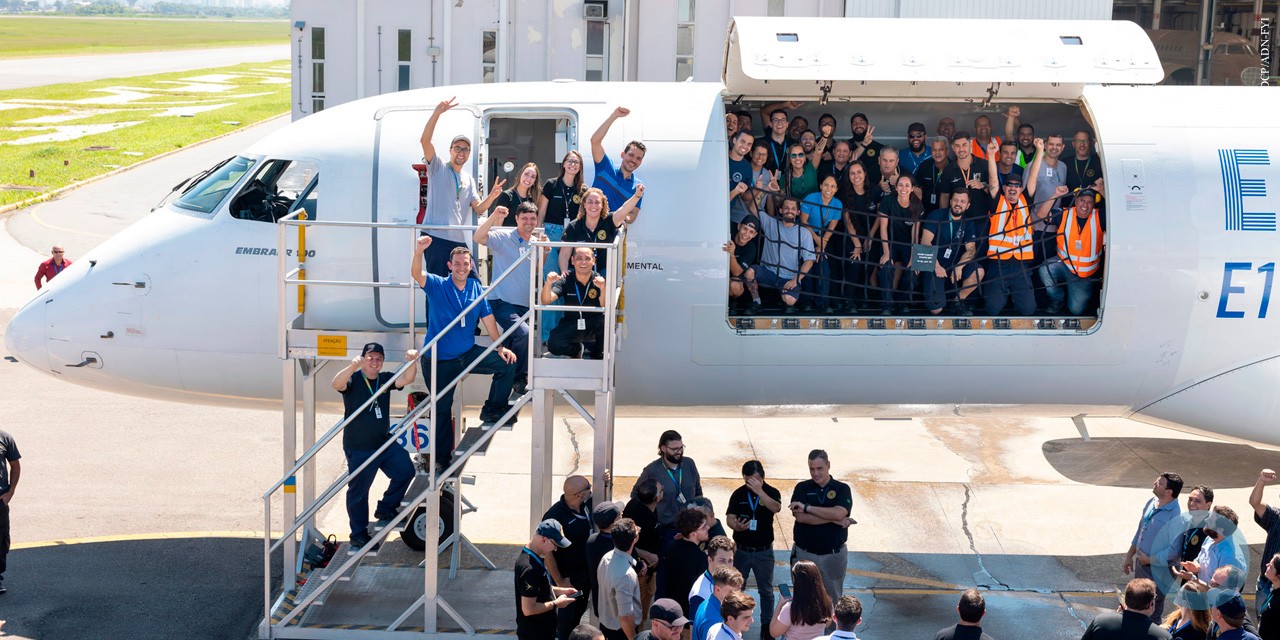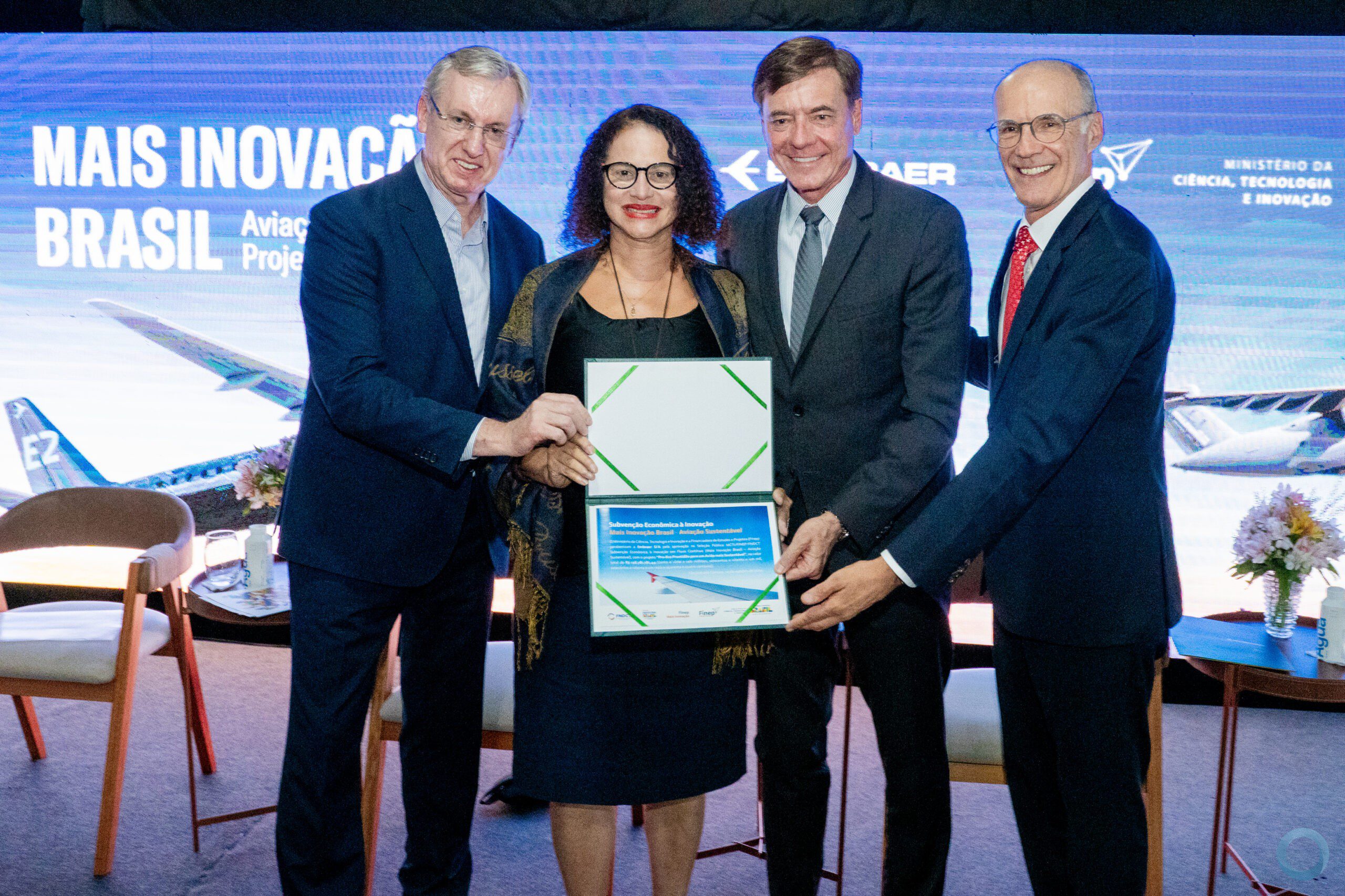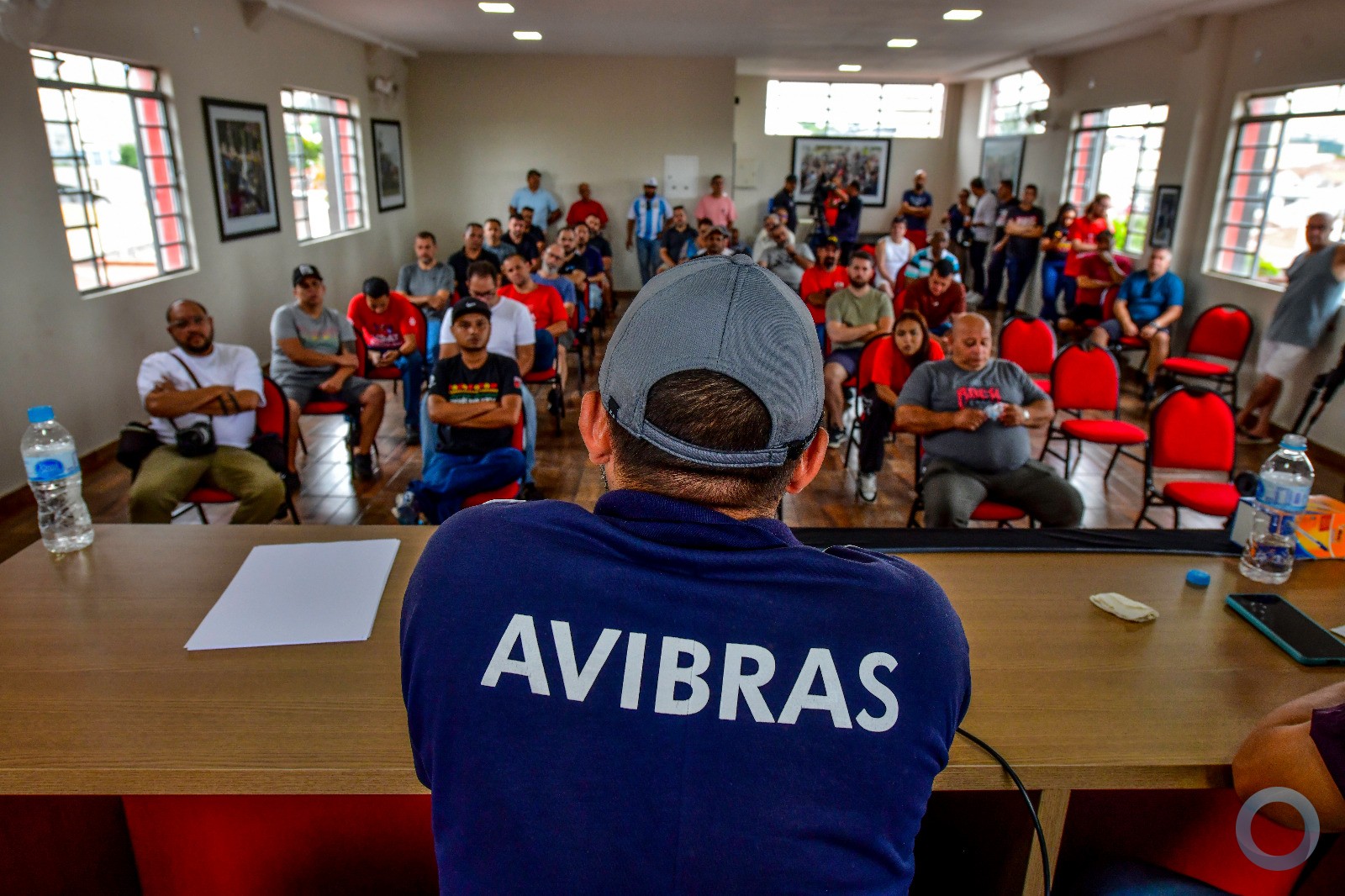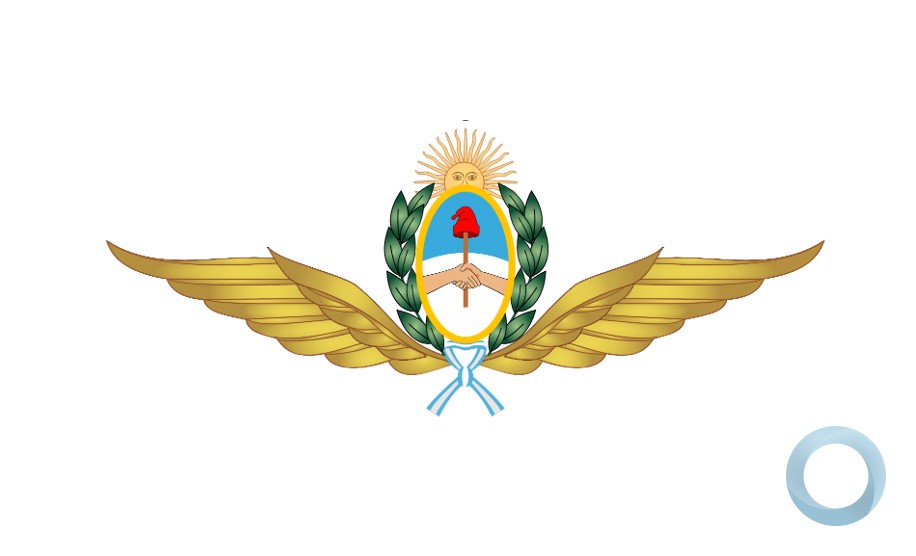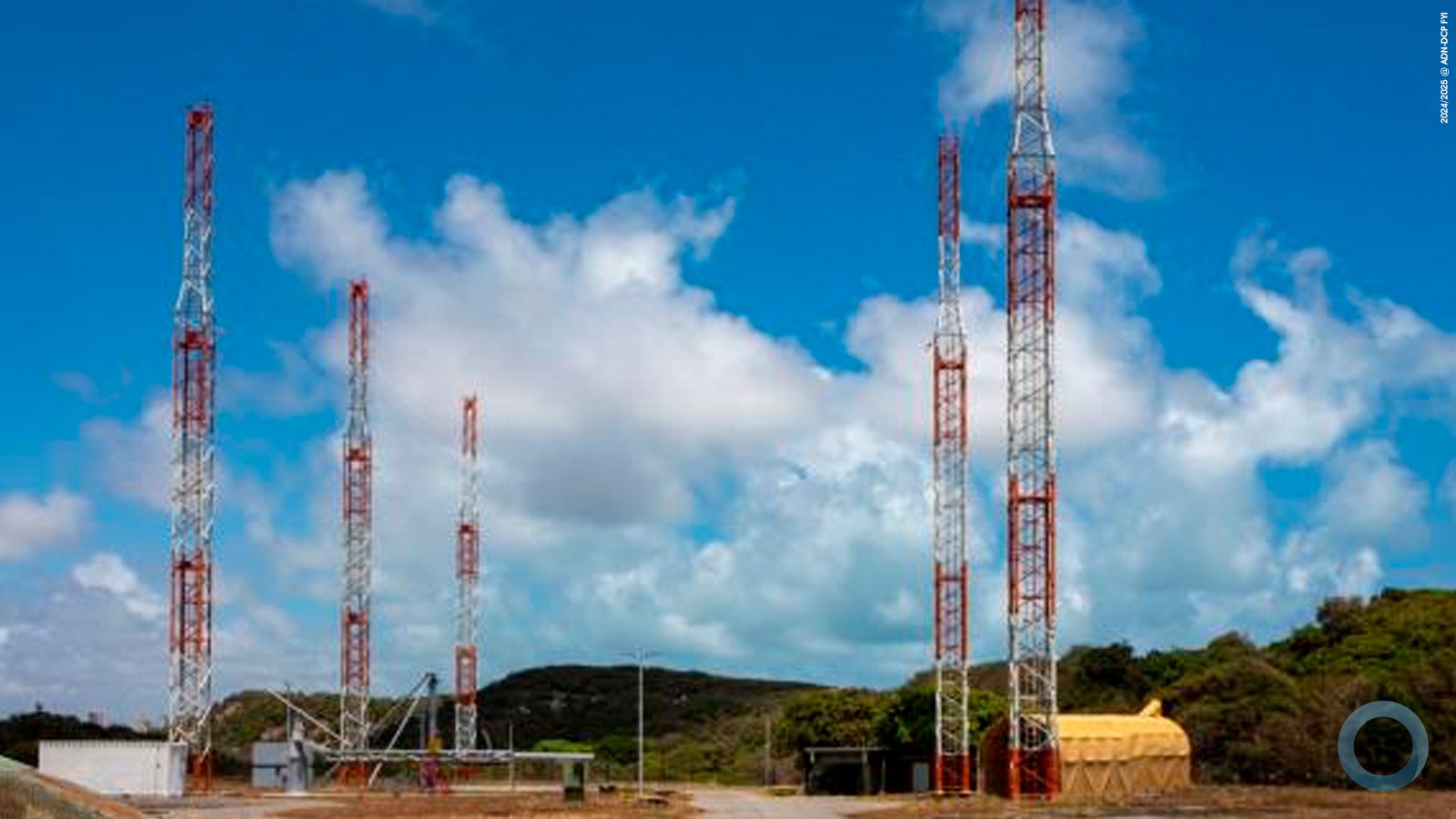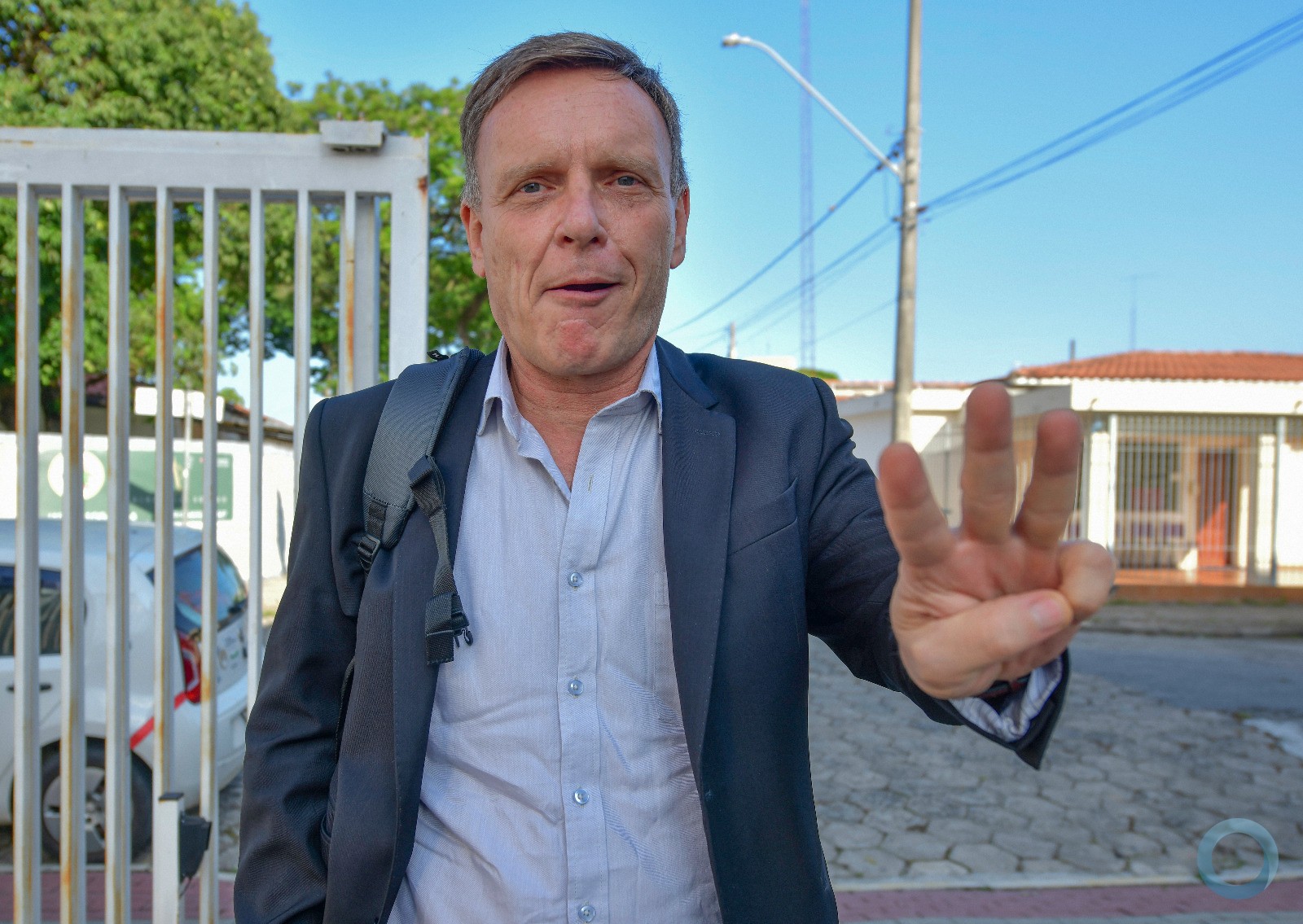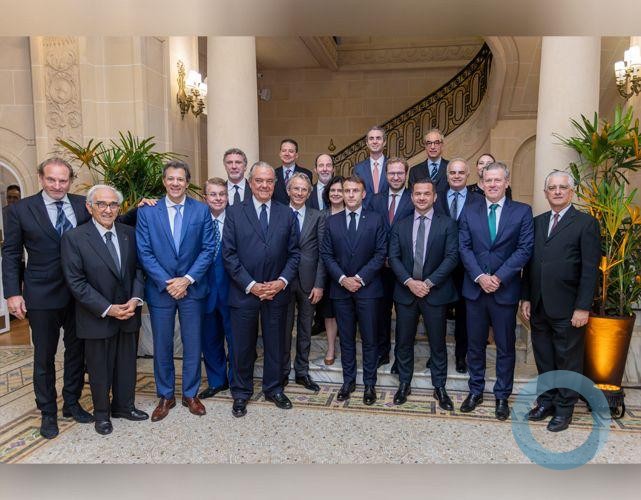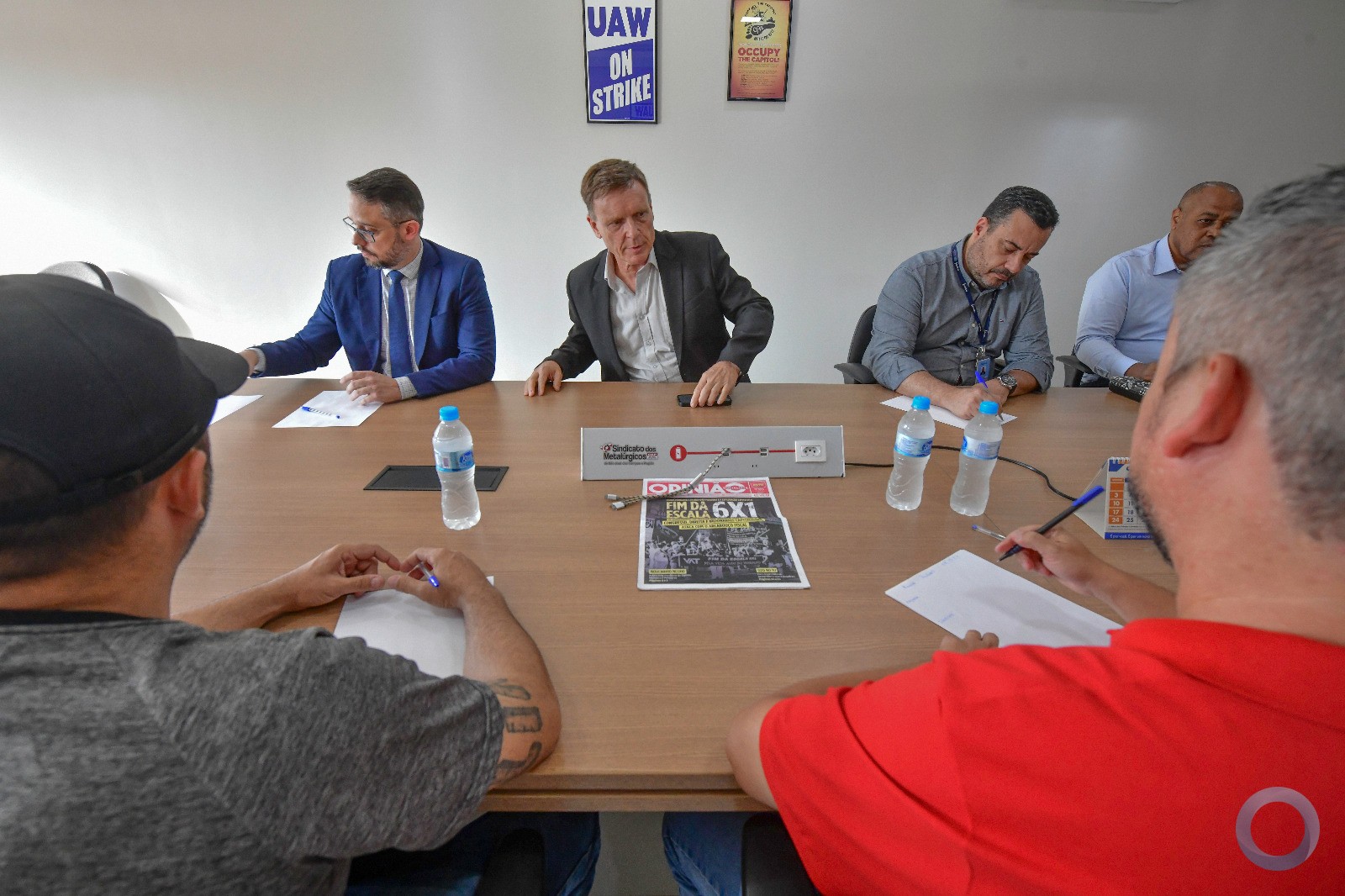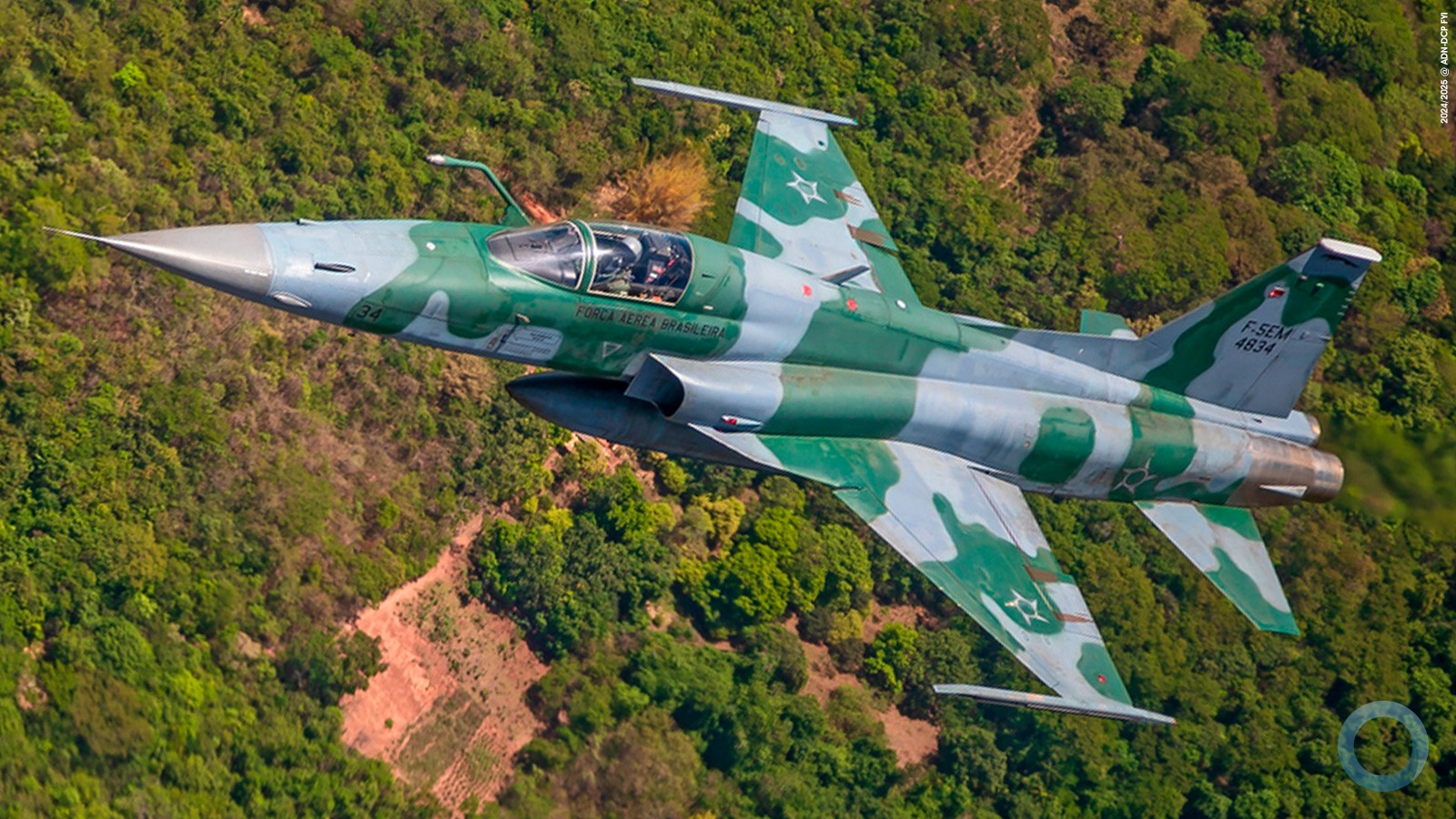SA’s financial fortunes are being tugged in opposite directions by the slide in the real and the Brazilian government’s budget woes, said the plane maker’s chief executive.
This year’s currency depreciation could help a major upgrade of Embraer’s regional jets to come in under budget, but the company faces a potential headwind if the Brazilian Air Force slows spending on its new KC-390 military transport aircraft.
The Air Force has ordered 28 of the planes and is co-funding development of the twin-jet, which can be used for in-flight refueling and transporting cargo. But late payments from the government have strained Embraer’s balance sheet, with free cash flow forecast at negative $100 million in 2015 after a $404 million shortfall last year.
“What we can’t keep (is) a high volume of accounts receivable going forward, we just can’t and will not do that,” Embraer Chief Executive Frederico Fleury Curado said in an interview. “It would be extremely irrational [for the Brazilian Air Force] to stop the program at this stage, the aircraft is flying,” he said. “I really don’t see a scenario where the Air Force doesn’t take airplanes.”
Mr. Curado said there is a clear commitment from the Air Force, which needs the KC-390 to replace its fleet of aging Lockheed Martin Corp. C-130 propeller transport aircraft, but cautioned that the delivery schedule could slip without more clarity on future funding. “I see, maybe, they take them slower,” he said. “I think it’s more a question of pace.”
Embraer also has commitments from other countries for another 32 jets.
Brazil is the “keystone for industrial participation” on the program, said Byron Callan, managing director at consultancy Capital Alpha Partners LLC. But its partnerships with Argentina, Czech Republic and Portugal could offer a partial cushion for completing the jet, which made its first flight in February.
“If Brazil were to make deep cuts, then Embraer might need to find other national or commercial partners,” he said.
A spokesman for the Brazilian Ministry of Defense said this year’s budget has been approved in the National Congress but is now with the executive branch, which is deciding how much of it will be frozen to meet fiscal targets. Only after that decision—expected later this month—will the ministry know exactly how to deal with specific programs.
While it wrestles with the political obstacles of expanding its defense business, the world’s fourth-largest plane maker by sales is benefiting from the real’s slide since the beginning of the year against the U.S. dollar.
Embraer is in the first half of a seven-year, $1.7 billion makeover of its three regional jet models, which have attracted orders from lessor AerCap Holdings NV and SkyWest Inc., the largest U.S. regional airline.
Mr. Curado said the company is beating its budget targets, helped by the weakening real. “On the cost side we expect to be on or below budget, and in that aspect the devaluation of the real is a tailwind because most of my development happens in Brazil,” he said.
The Brazilian currency accounts for 20% to 25% of Embraer’s cash flow, including what it pays its domestic engineers designing the 80- to 120-seat E2, said Mr. Curado, with the balance of the company’s spending denominated in dollars, which is Embraer’s functional currency.
When the dollar was weak, “the strong real did not really make the company unviable, and the weak real would not make the company viable,” said Mr. Curado. “It’s just a tailwind or a headwind. In this case, now it’s a good tailwind.”
While Embraer is preserving key parts of its existing regional jets for the E2, it is stretching the cabin, adding new wings, landing gear and Pratt Whitney engines to improve fuel efficiency by at least 16%. Pratt is a unit of United Technologies Corp.
Embraer garnered its first orders for the E2 in 2013, its largest passenger jet to date, but stopped short of competing with Boeing Co. and Airbus Group NV’s smallest single-aisle aircraft, unlike Canadian rival Bombardier Inc. Mr. Curado said the first of three models of the E2 is on track to fly in the second half of 2016, with deliveries starting in 2018.
—Paulo Trevisani in Brasília contributed to this article.






